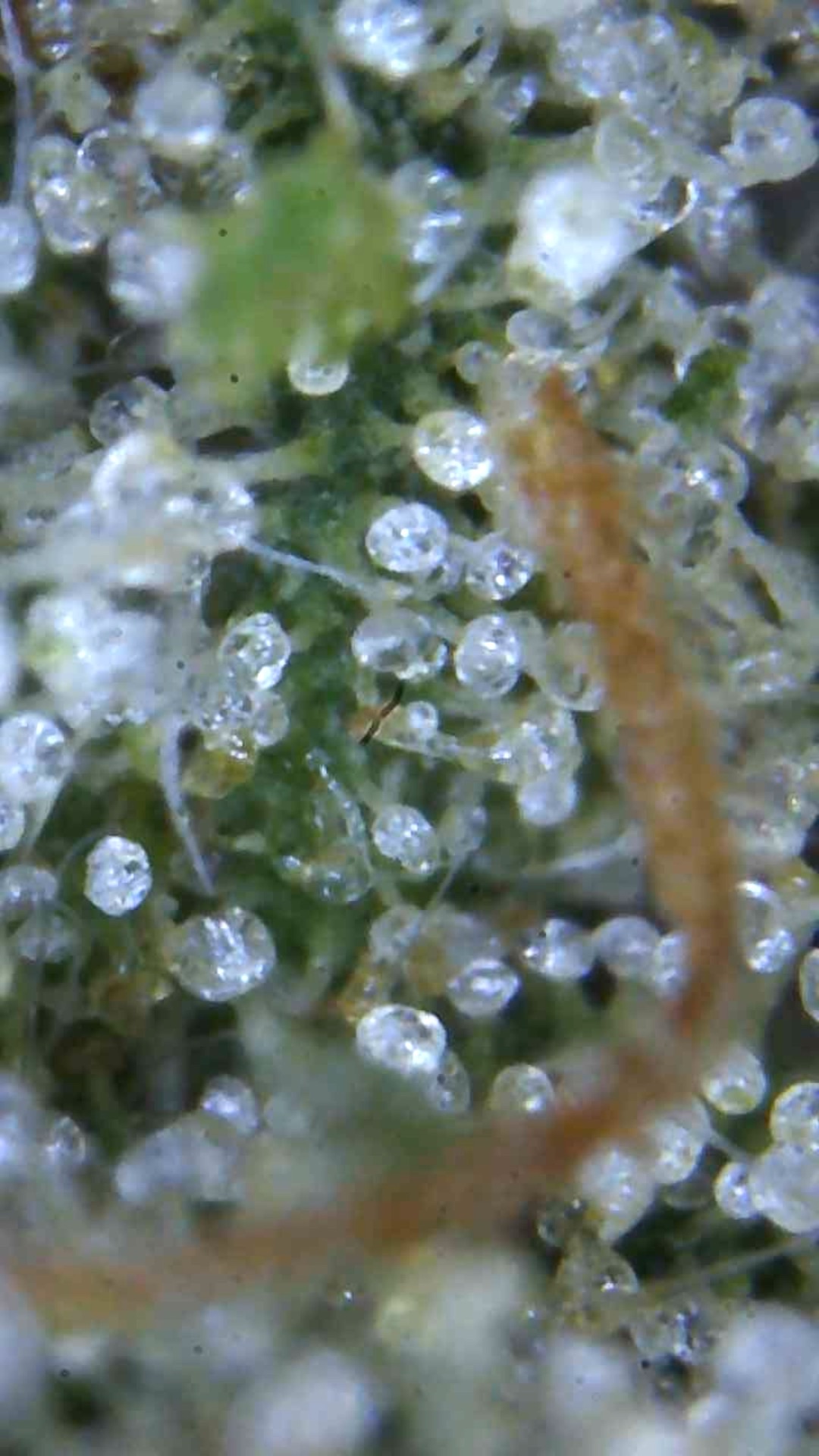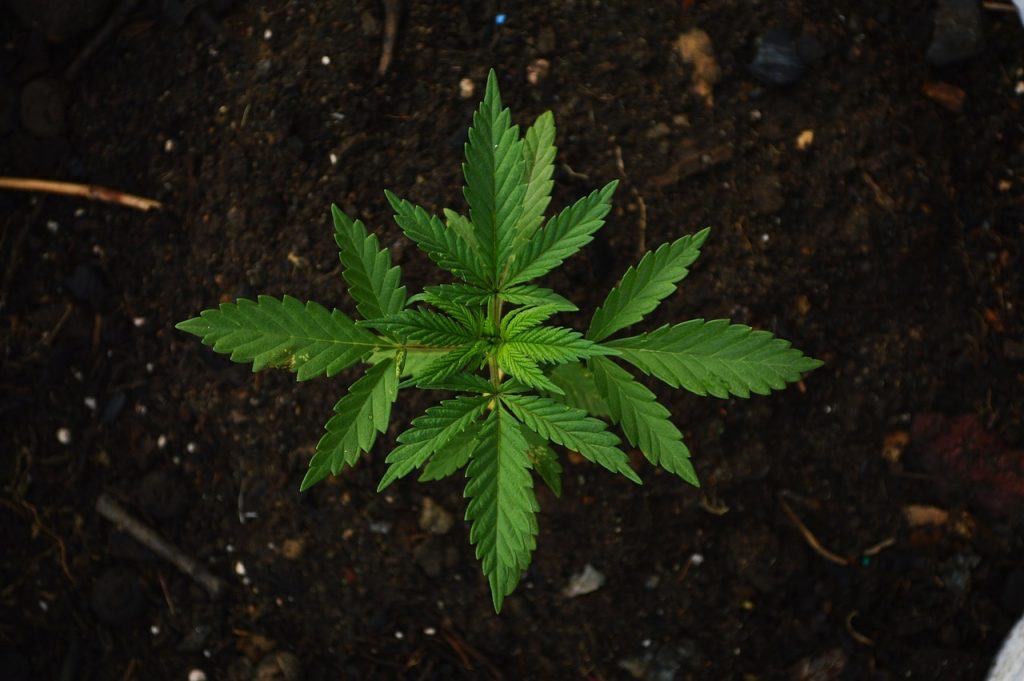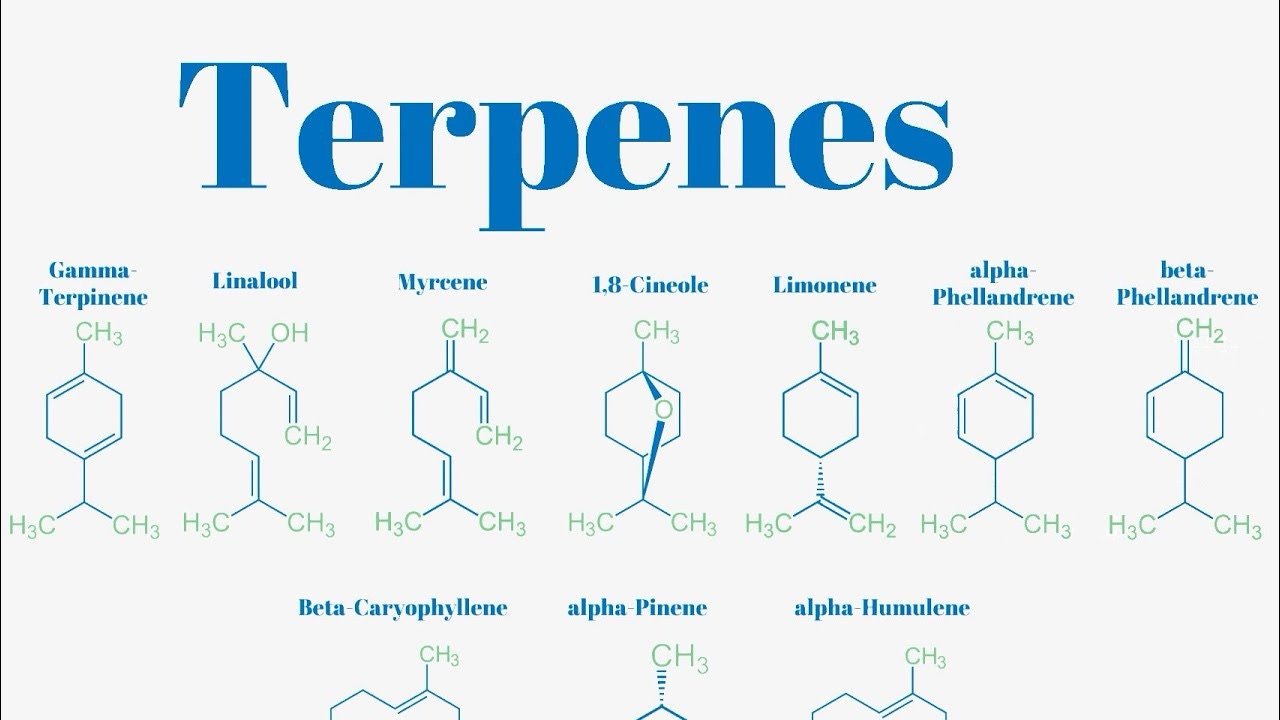Introduction
Trichomes are the tiny, crystal-like structures that cover the surface of cannabis plants. While they may be small, trichomes play a crucial role in the potency, flavor, and overall quality of cannabis. These microscopic outgrowths are responsible for producing and storing the cannabinoids, terpenes, and flavonoids that give cannabis its unique effects and characteristics. Understanding trichomes is key to appreciating what makes each strain of cannabis unique.
What are Trichomes?
Trichomes are glandular structures that appear as hair-like, resinous glands on the surface of the cannabis plant. They are most concentrated on the flowers (buds) of the plant, though they can also be found on the leaves and stems. These structures serve as the plant’s natural defense mechanism, protecting it from pests, UV rays, and environmental stress.
Types of Trichomes
There are several types of trichomes found on cannabis plants, each with its own distinct appearance and function:

- Bulbous Trichomes: The smallest type, bulbous trichomes, are microscopic and appear as tiny bumps on the plant’s surface. They are less than 10-15 micrometers in size and contain small amounts of cannabinoids and terpenes.
- Capitate-Sessile Trichomes: Larger than bulbous trichomes, capitate-sessile trichomes have a stalk and a head. They are more abundant on the cannabis plant and contribute to the production of cannabinoids.
- Capitate-Stalked Trichomes: The most prominent and largest trichomes, capitate-stalked trichomes have a mushroom-like appearance with a distinct stalk and glandular head. These trichomes are responsible for producing the majority of cannabinoids and terpenes found in cannabis. They are most abundant on mature female cannabis flowers.
- Cystolithic Hairs: Unlike the other types of trichomes, cystolithic hairs are non-glandular and do not produce cannabinoids or terpenes. These hair-like structures are more rigid and appear on the leaves and stems of the cannabis plant. They serve a protective function, deterring pests and herbivores by making the plant less palatable and more difficult to consume.
The Role of Trichomes in Cannabis
Trichomes are essentially the factories where cannabinoids like THC, CBD, and other compounds are produced. The resinous glands secrete these compounds, which are then stored in the head of the trichome. The concentration and composition of trichomes directly affect the potency, flavor, and therapeutic effects of the cannabis plant.
Cannabinoid Production
Trichomes produce the cannabinoids that are responsible for the effects of cannabis. For example, THC (tetrahydrocannabinol) and CBD (cannabidiol) are synthesized within the trichomes through a complex biosynthetic process. These cannabinoids are then stored in the resin glands until the plant is harvested and processed.
Terpene and Flavonoid Production
In addition to cannabinoids, trichomes also produce terpenes and flavonoids, which contribute to the aroma, flavor, and color of the cannabis plant. Terpenes are aromatic compounds that give each strain its unique scent profile, while flavonoids contribute to the plant’s pigmentation and can have additional therapeutic benefits.
Protection and Defense
Trichomes play a protective role for the cannabis plant. The sticky, resinous coating they produce helps to deter herbivores and insects, which may find the texture or taste unpleasant. Additionally, trichomes help shield the plant from harmful UV rays and extreme weather conditions.
Why Trichomes Matter to Consumers and Growers
For cannabis consumers, the presence and quality of trichomes are often indicators of the potency and overall quality of the product. A high concentration of well-formed trichomes typically means the cannabis will have stronger effects and a richer flavor profile.
For Growers:
- Harvest Timing: Trichomes can also help growers determine the ideal time to harvest their plants. By examining the color and opacity of the trichomes under magnification, growers can gauge the maturity of the cannabinoids. For example:
- Clear Trichomes: Indicate that the plant is not yet ready for harvest.
- Cloudy or Milky Trichomes: Suggest that the plant is at its peak potency.
- Amber Trichomes: Indicate that the THC is beginning to degrade, and the effects will be more sedative.
- Extraction: Trichomes are also crucial for cannabis extraction processes. Products like concentrates, hash, and kief are made by isolating and collecting trichomes, which are rich in cannabinoids and terpenes.
How to Preserve Trichomes
To maximize the benefits of trichomes, it’s important to handle and store cannabis properly. Here are a few tips:
- Gentle Handling: Trichomes are delicate and can easily break off if the plant is handled roughly. Always handle buds with care to preserve the trichomes.
- Proper Storage: Store cannabis in an airtight container in a cool, dark place to protect the trichomes from light, heat, and moisture, all of which can degrade cannabinoids and terpenes.
- Avoid Over-Drying: While it’s important to cure cannabis properly, over-drying can cause trichomes to become brittle and break off.
Conclusion
Trichomes are much more than just a sparkling coating on your cannabis buds—they are the key to the plant’s potency, flavor, and therapeutic effects. Understanding the role of trichomes can help both consumers and growers make more informed decisions about the cannabis they use and produce. By recognizing the importance of these tiny powerhouses, you can better appreciate the complexity and value of the cannabis plant.



